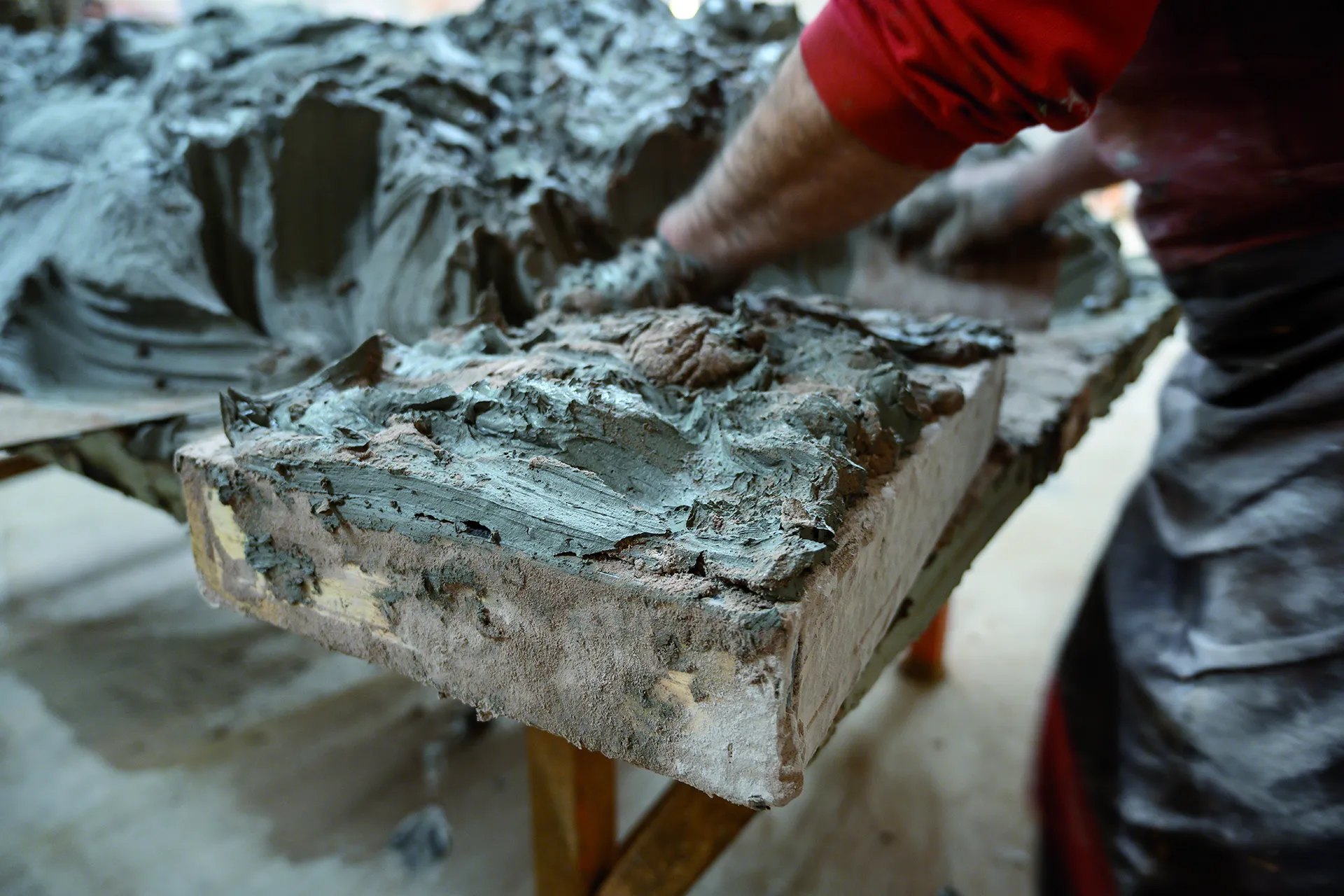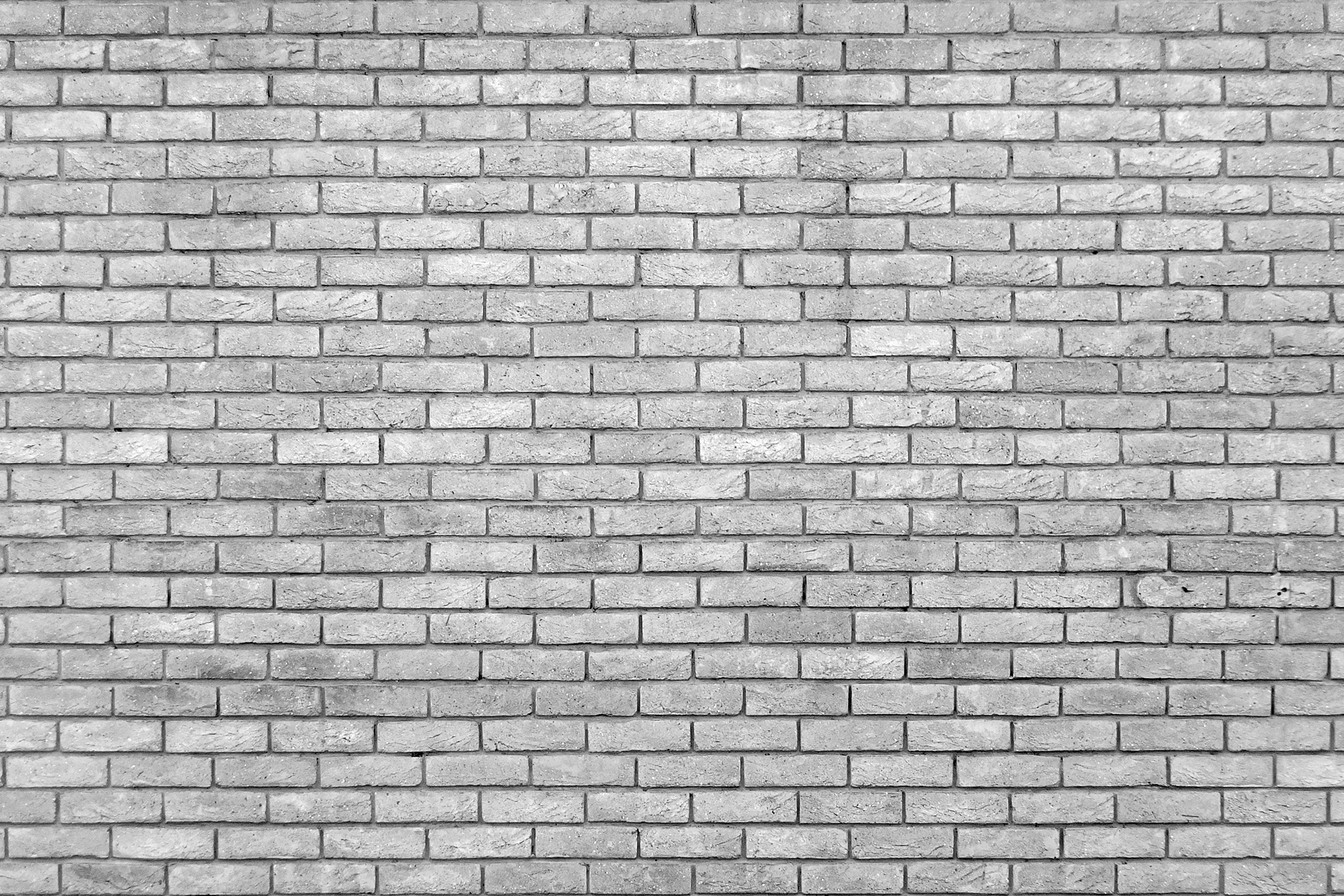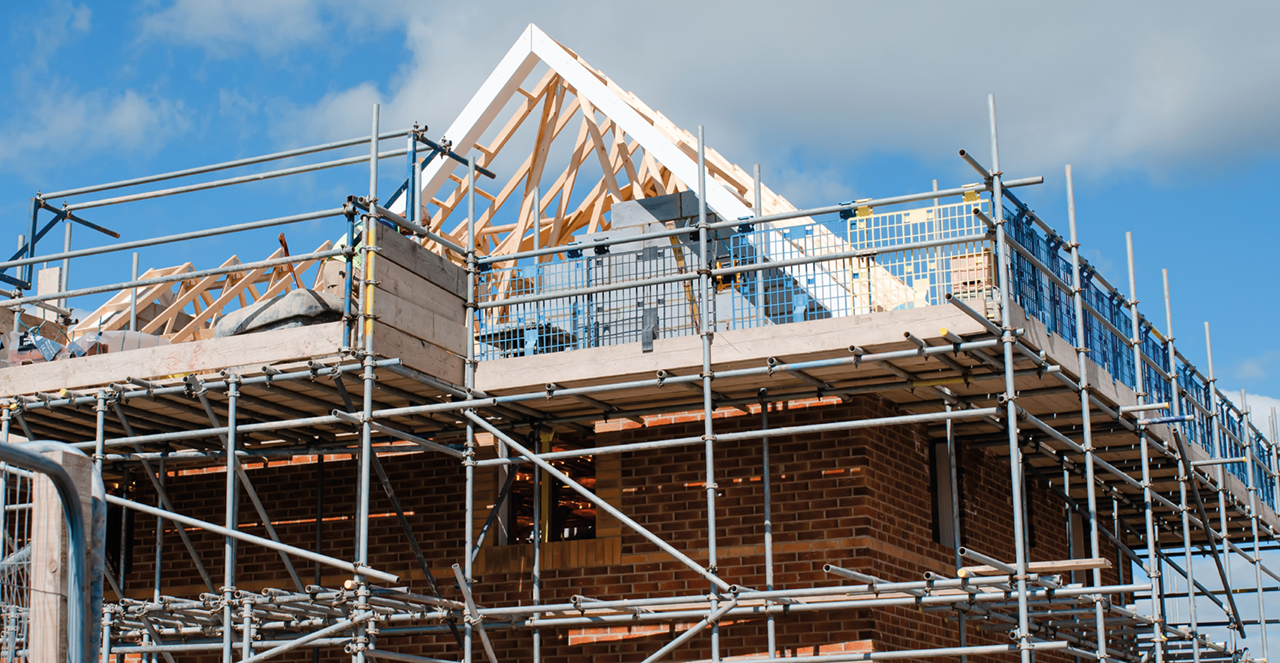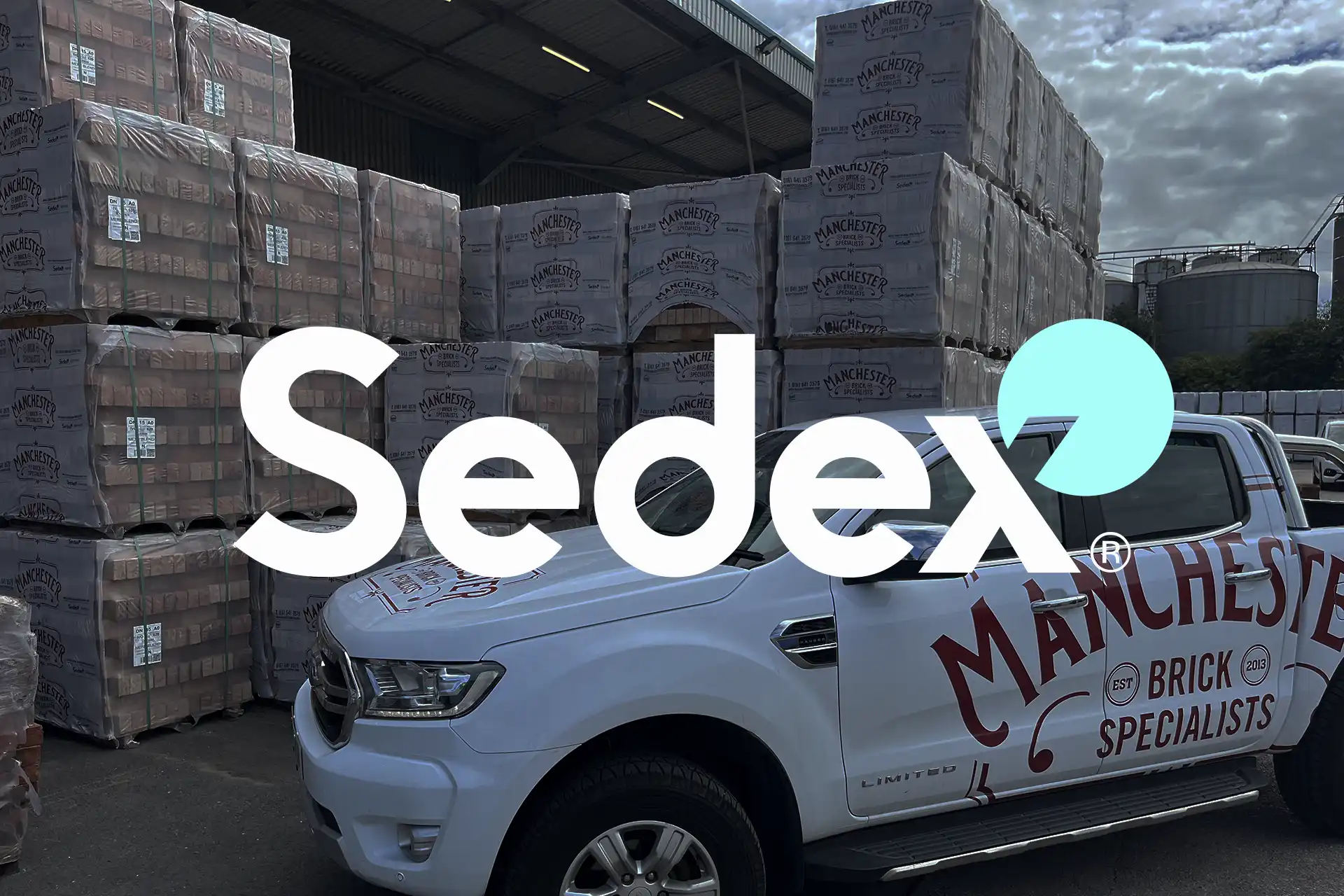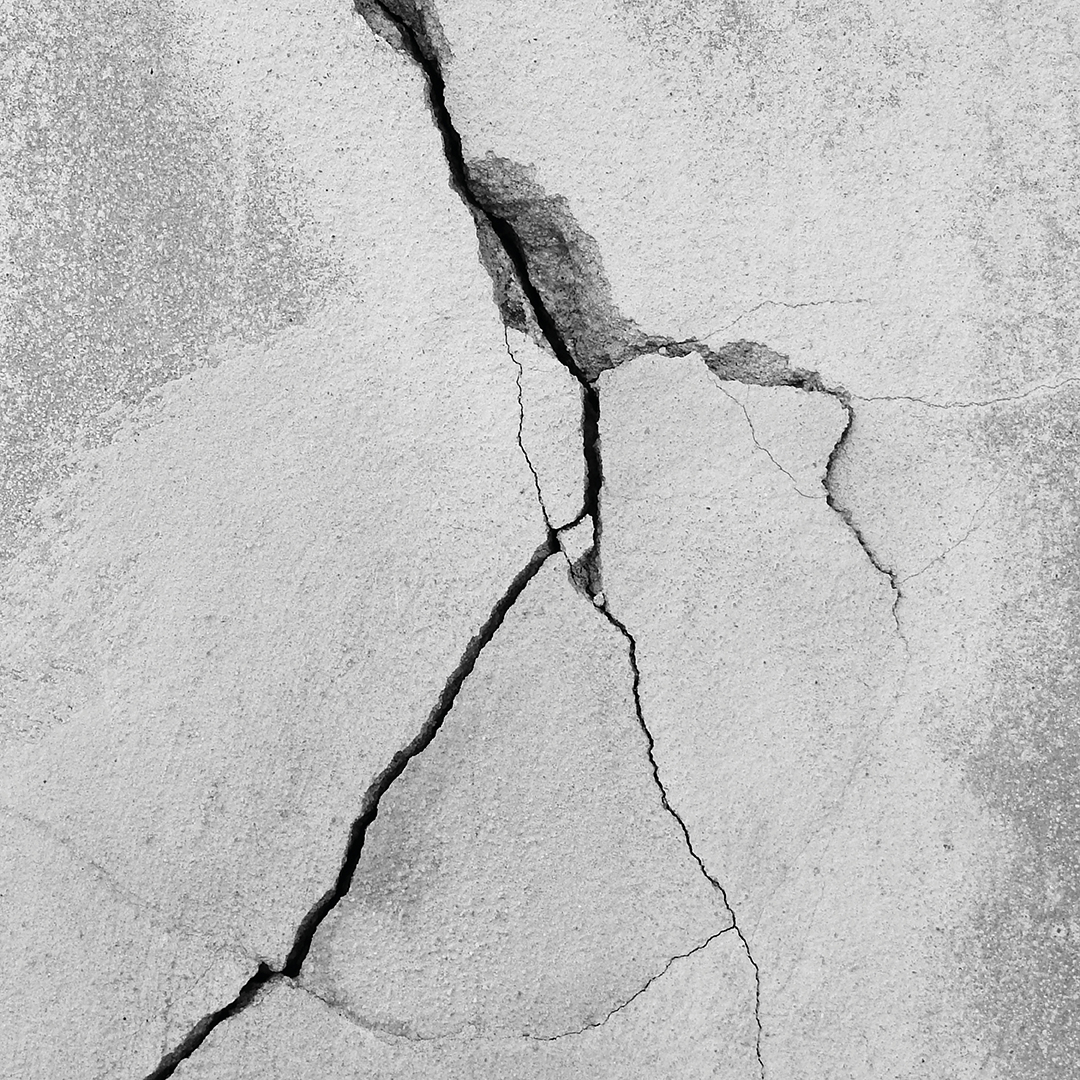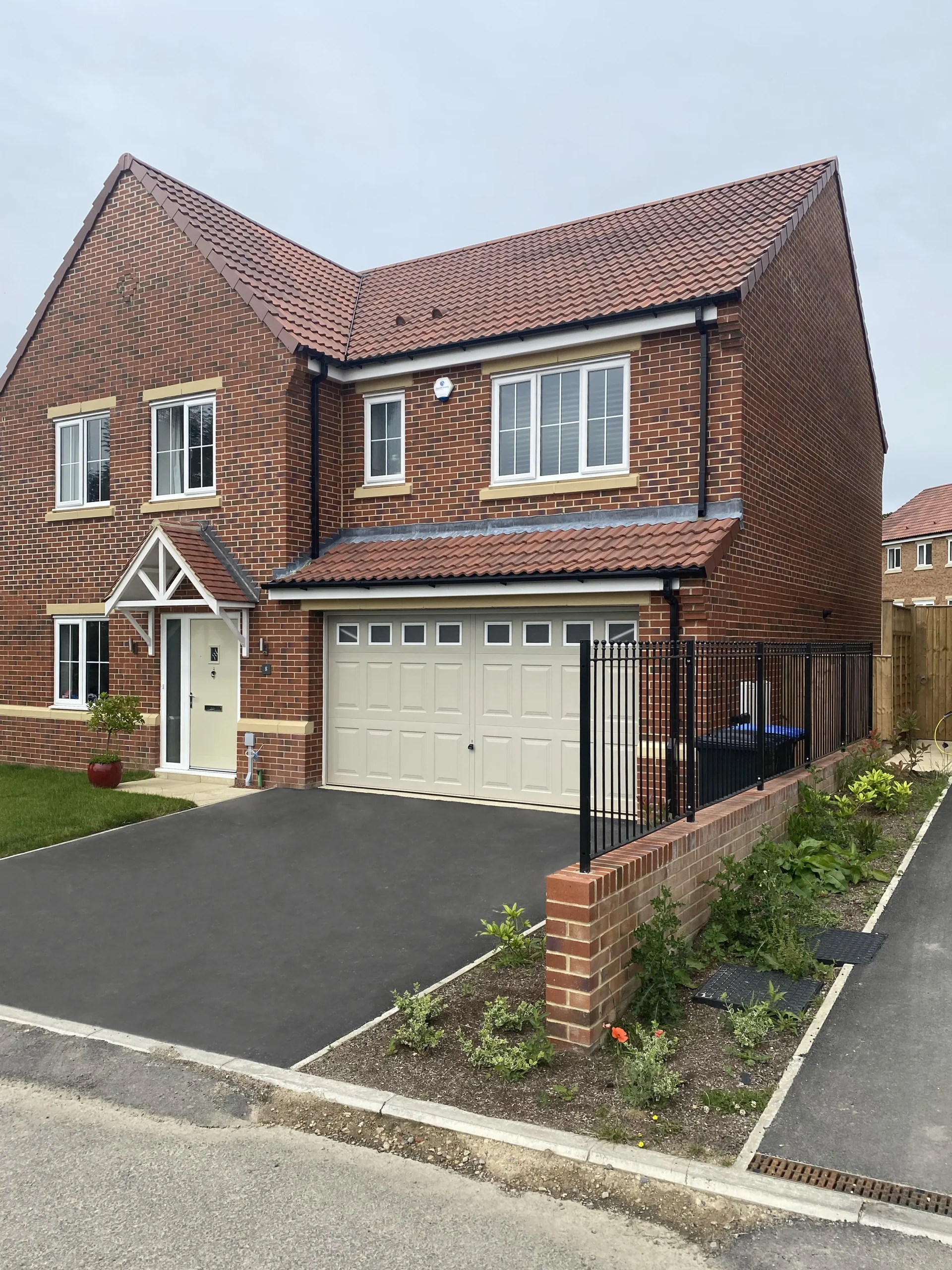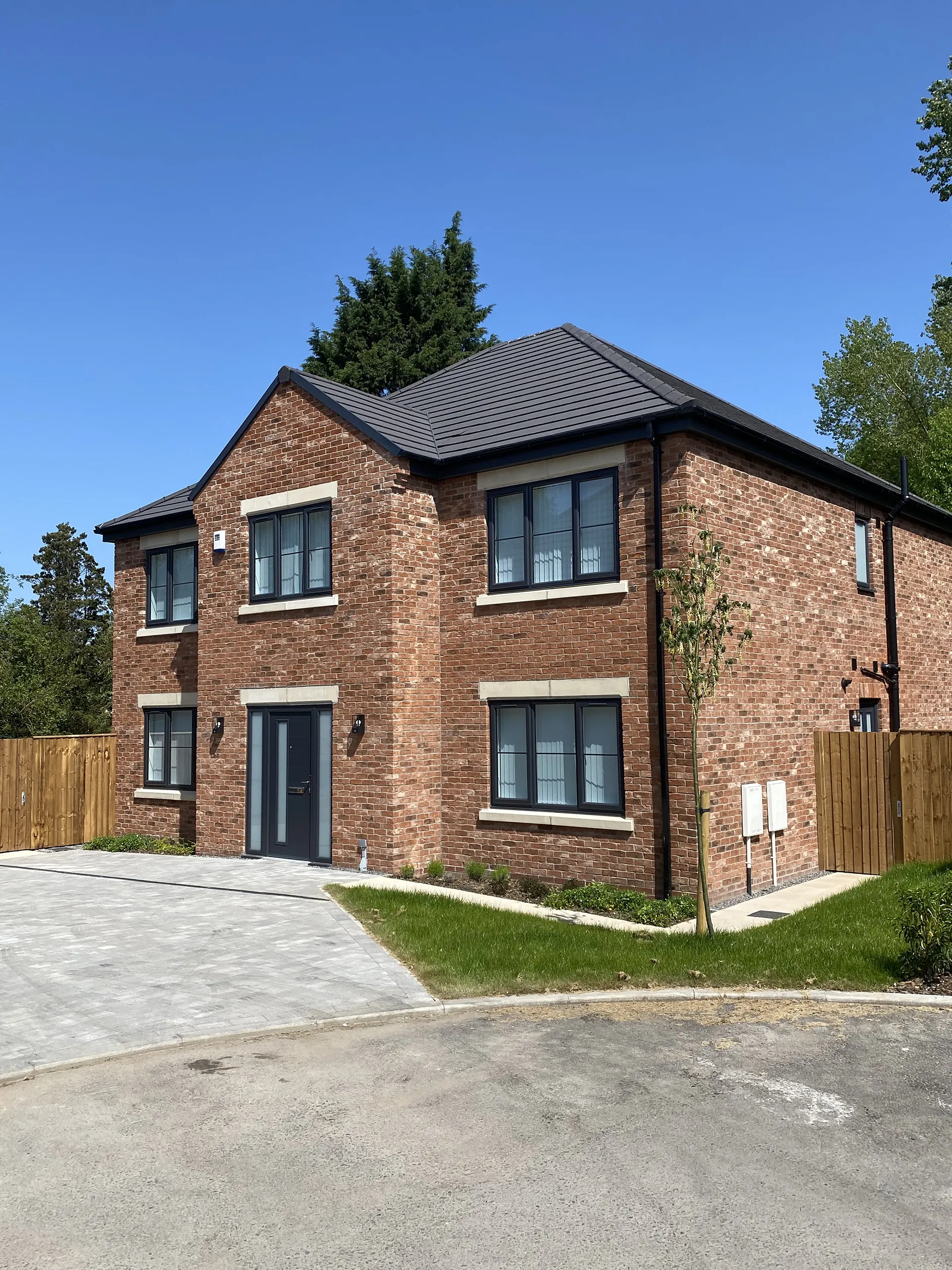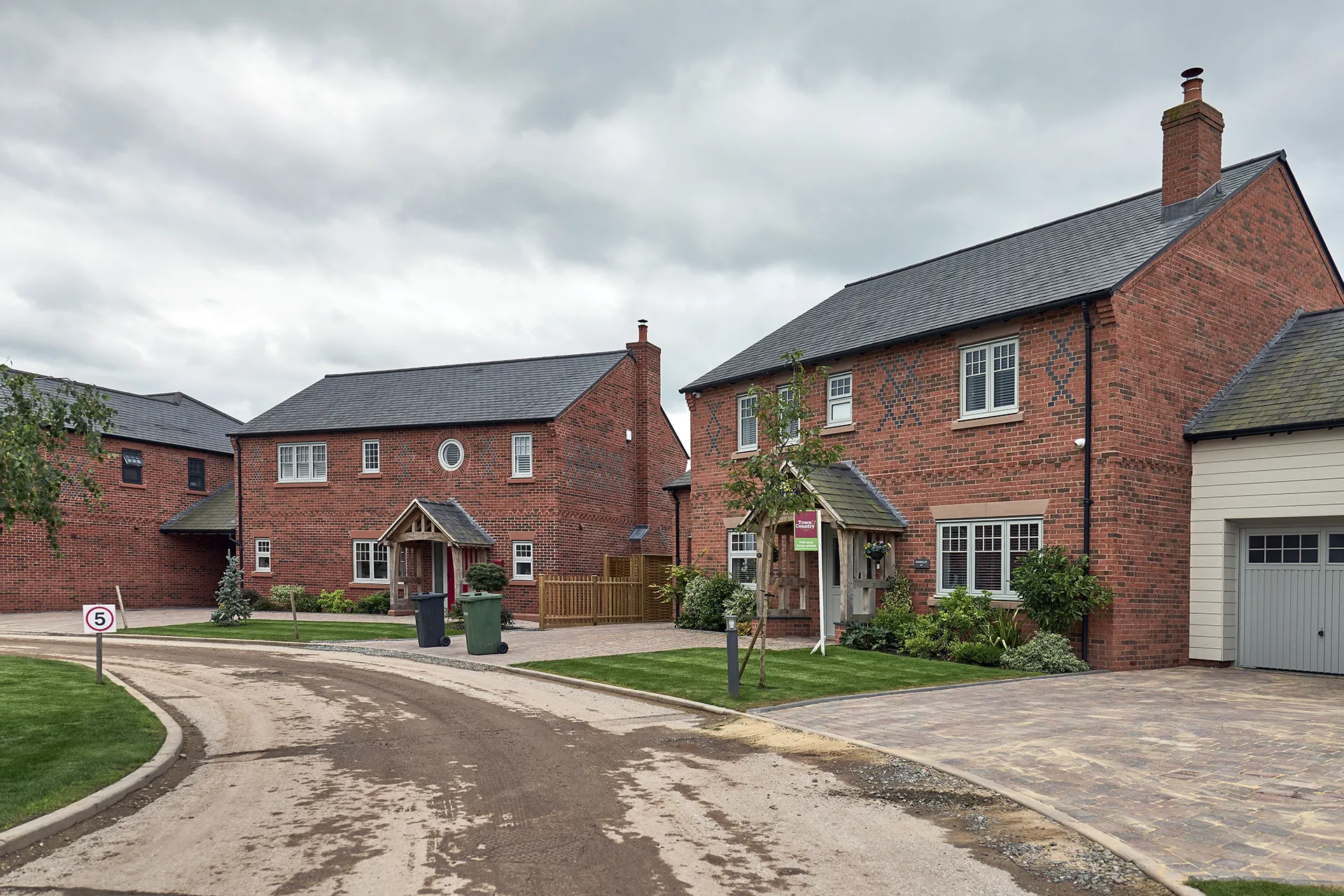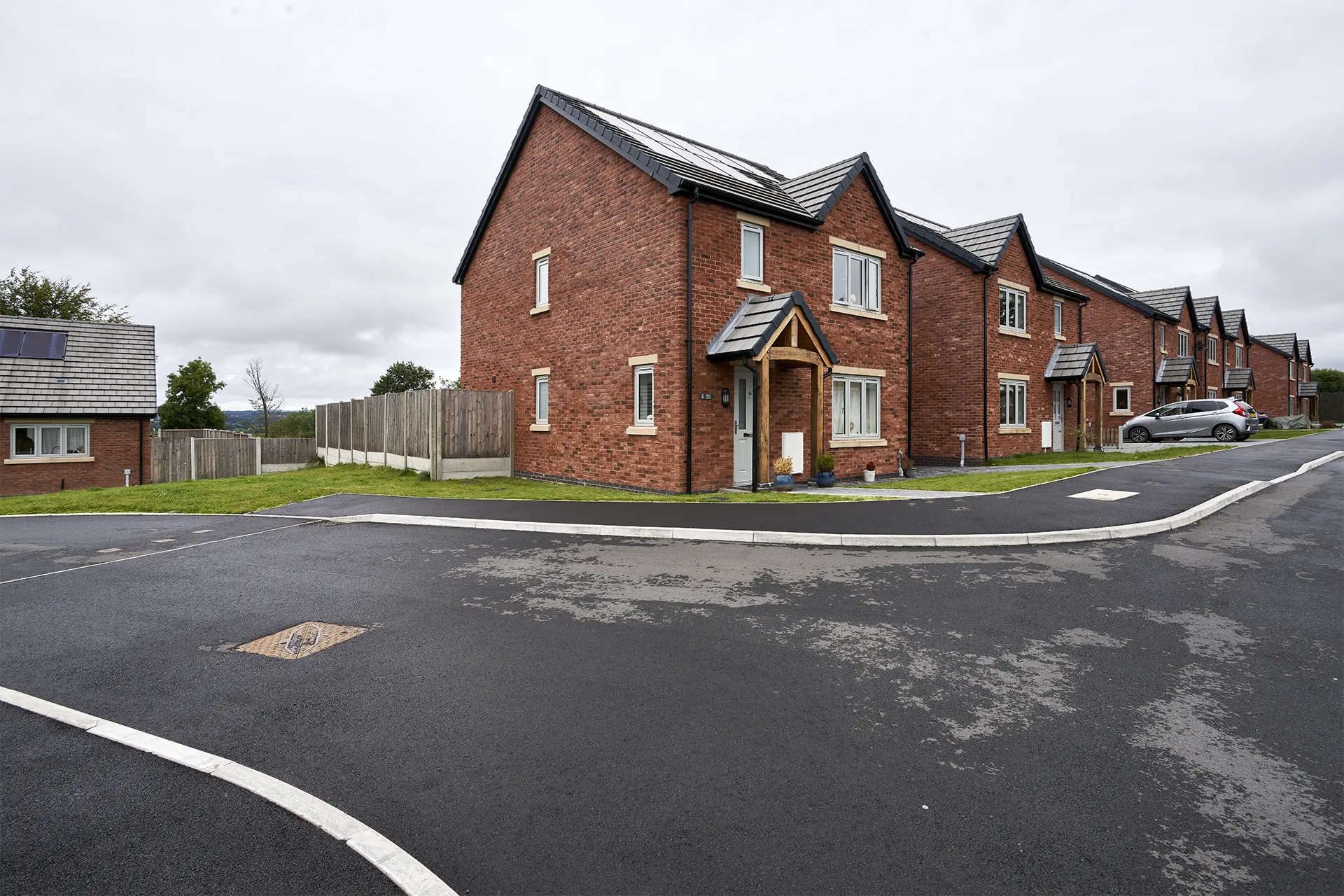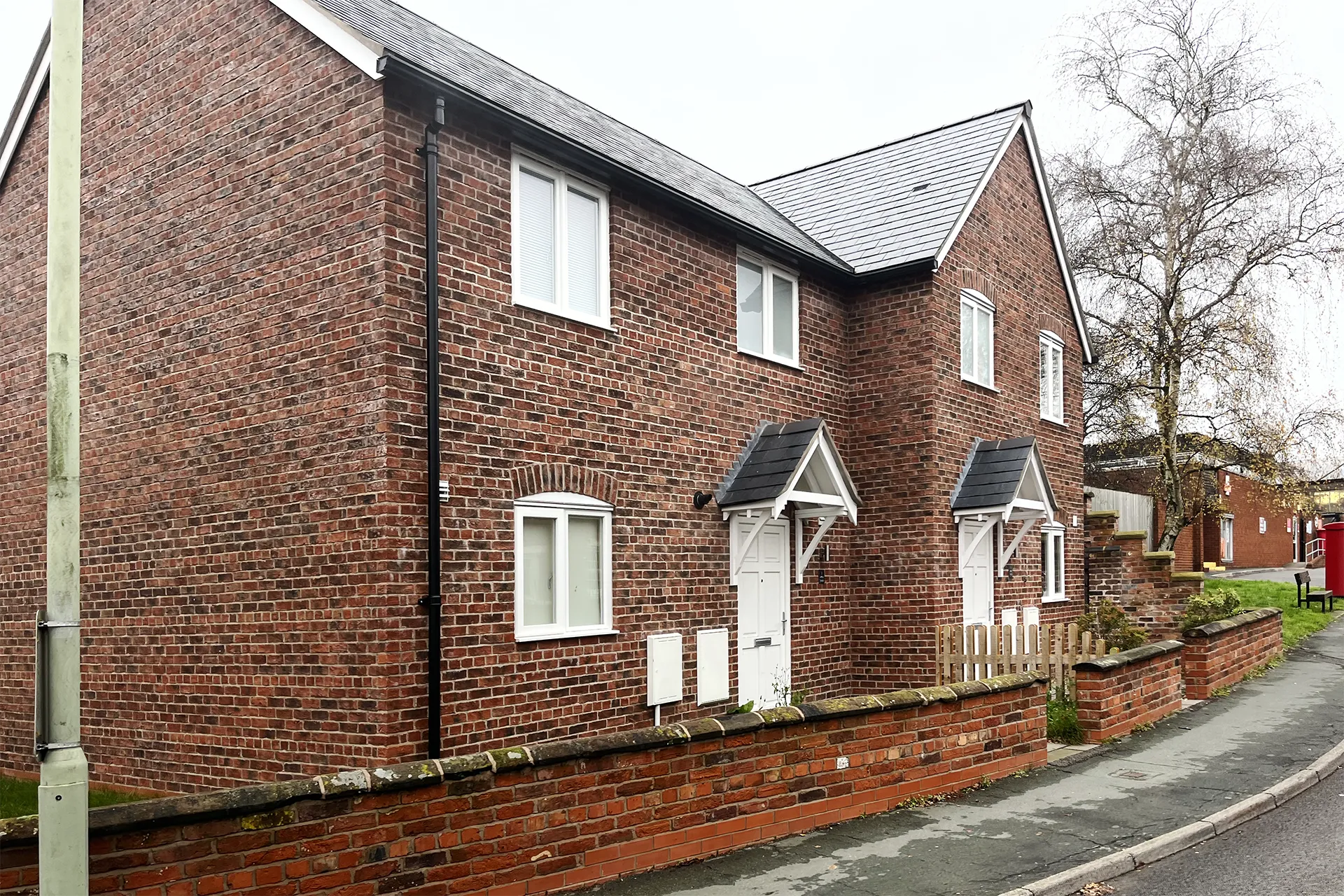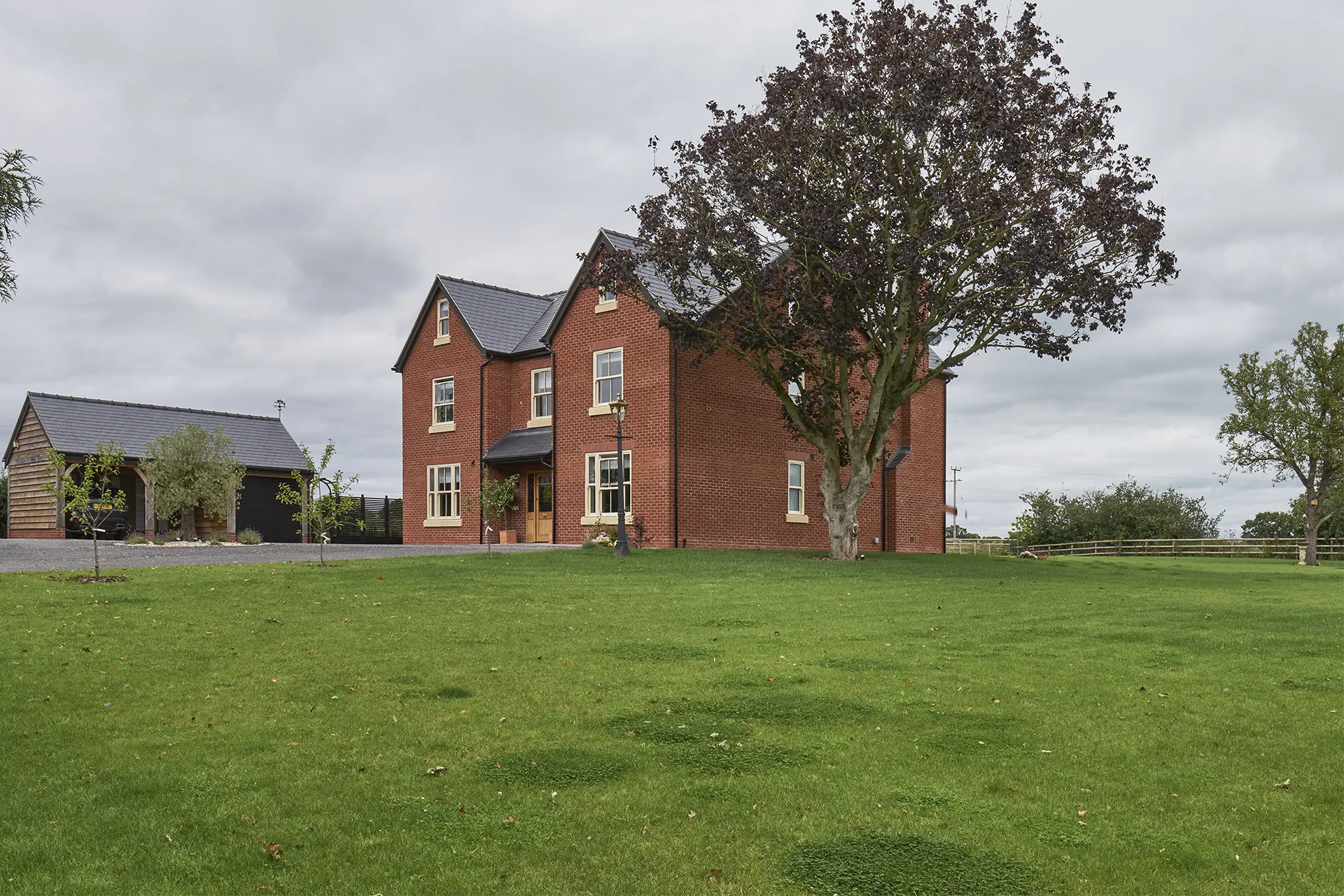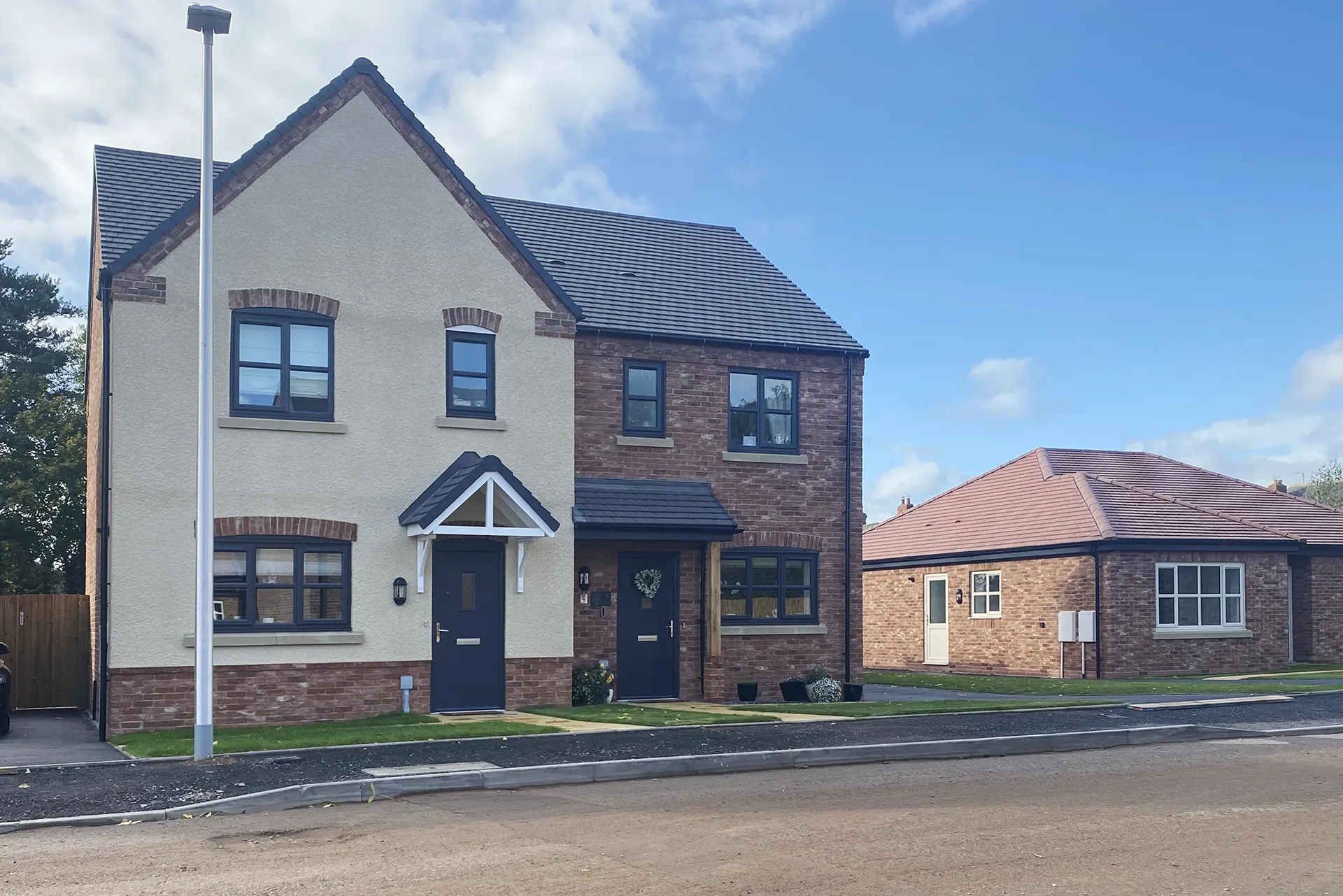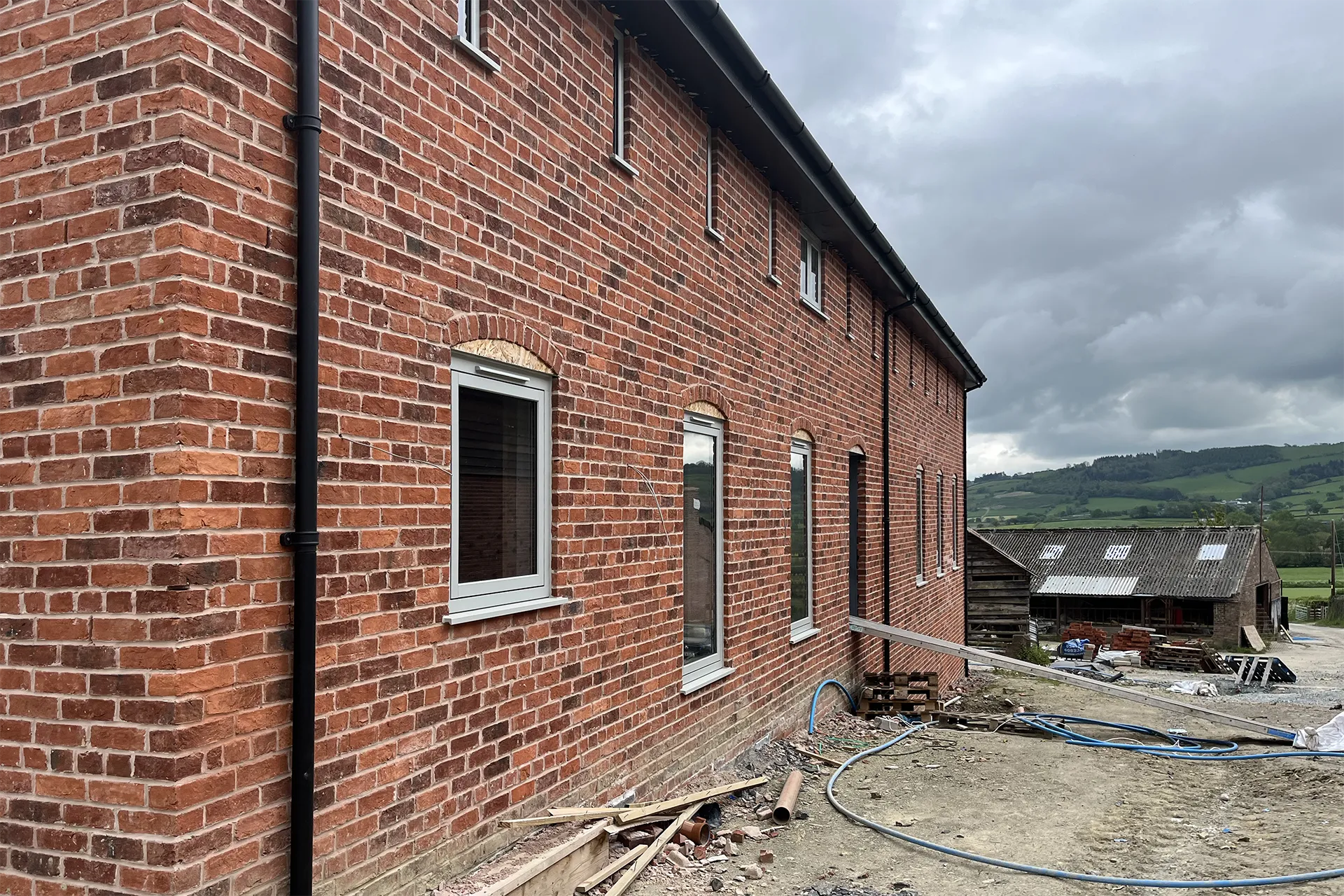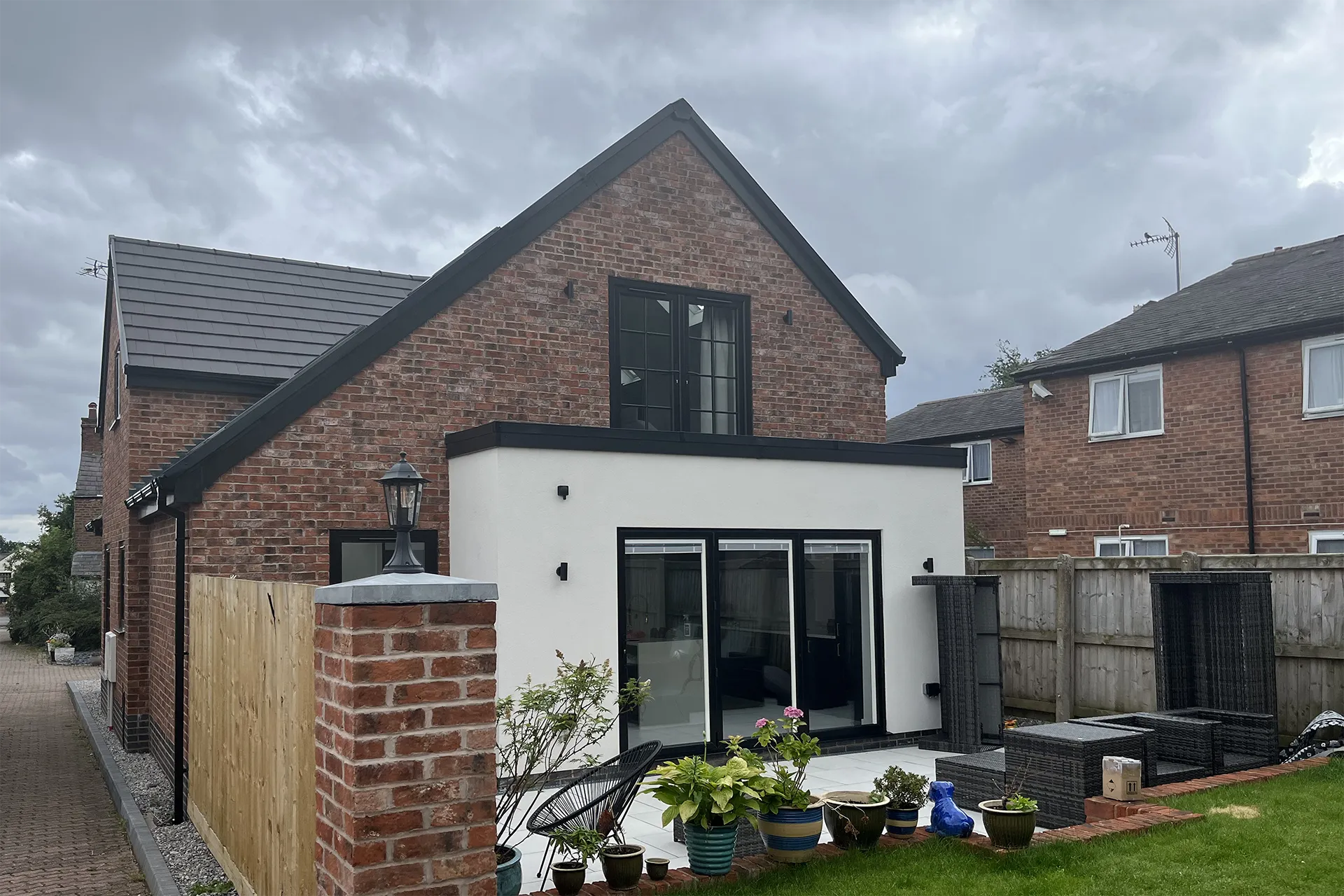Brick sustainability is a key aspect of our business, and here at Manchester Brick, it is an important reason why we are so proud of our products. Read on to find out the sustainability values of both the production, the future and in the building process.
How sustainable is the production of our bricks?
Brick sustainability starts in the process of our brick making. All of our handmade bricks are made using “frogs.” These indents in the top of the brick reduce the amount of material needed to make the brick. It also helps the bricks to be removed from their moulds quicker. This reduces the amount of production time allowing us to produce more bricks, while keeping the amount of material used down.
Our handmade clay bricks are hand-crafted using the traditional methods used in British construction for 500 years. Our clay is shaped using a rectangular mould, lightly dusted with sand, and then any excess material is taken off. This leftover material is saved for the next piece, instead of going to waste. This makes sure we can make the most of our production supply and that nothing will go to waste. These raw materials create an astounding final product.
Recycling
Construction waste such as broken concrete, glass and broken brickwork are used in the manufacturing process to make our bricks. We also crush up any products that don’t meet our quality guidelines during manufacture. These recyclates can be used to create new bricks.
At our manufacturing plants, we’ve created tunnel kilns that are highly efficient and fired with natural gas. This allows us to recycle all wasted clay within the same manufacturing plants
Our MBS bricks not only contribute to the longevity of structures but also serve as sustainable building materials. The commitment to brick sustainability is evident in our eco-friendly production processes and the use of recycled materials, ensuring a positive impact on the environment.
How are our bricks sustainable for the future?
MBS bricks enable moisture to drain, without causing the brick to deteriorate. This is especially useful in the UK as it means our bricks are able to withstand the harshness of British weather. From blizzards that leave frost across the cities to our heavy rain that flows down the streets, our long-life bricks will stay strong and will not wear down. This means you will be able to rely on us to provide you with the materials you need to guarantee your project will stay standing tall for a very long time, possibly hundreds of years into the future.
In addition to the physical durability of our bricks, we are committed to environmental responsibility. Brick manufacturing and construction, in general, can be very dangerous to the environment if not done properly. However, it can also be done in a complete greenway.
Building with MBS bricks not only ensures durability but also reflects our commitment to environmental responsibility. We believe in the importance of brick sustainability beyond the immediate construction phase. Our practices aim to reduce environmental impact, promote the responsible use of natural resources, and contribute to a sustainable future for the construction industry.
Using MBS bricks can help reduce internal temperature fluctuations through their high thermal mass and low embodied carbon. Life-cycle analysis shows that, over a 50-year period, up to 89 percent of total energy is used in the operational phase of a simple brick-built house, rather than in the building process. Heating and cooling represent a much larger source of carbon emissions than the manufacture of the material itself.
In what other ways are our products sustainable?
Brick-built structures outlast concrete towers due to the way bricks can handle more extreme weather conditions. Many concrete towers that become old and dilapidated are easily abandoned without any consideration. They are cheaper to make, so people think that once they have exceeded their use, they will just build something new. This essentially creates a form of ‘urban pollution’, in which cities are overrun with worn down, dirty and unused structures. These are often too worn down to revitalise, so councils just knock them down and waste the resources to make a new building in its place.
Our natural materials will not have a negative environmental impact in the long run. Being made using the Earth’s bounty means that they contain no synthetic material that can stop the bricks from acting as a plastic, harming the environment for generations to come.
Water is the enemy of any structure, no matter the material. Whether it’s stone, bricks, wood or even houses made of mud, water has a high chance of being its downfall. Building materials like this are all found as a part of nature. Using nature as a resource in a sustainable way does little to damage the planet for future generations, keeping the production green.
